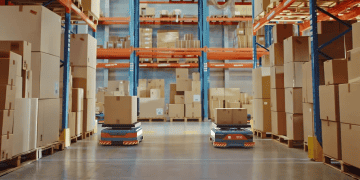The Latin American pulp and paper industry is experiencing notable demand-side volatility, with domestic production indices only partially mirroring the packaging market’s recovery.In 2024, packaging demand surpassed 2023 levels, driven by major fruit exporters securing volumes ahead of crop exports and robust domestic retail sales boosting boxboard consumption.
Old Corrugated Containers (OCC) imports across the region resumed in July and August due to increased demand but are expected to decline as converters and paper producers have secured necessary volumes for third and fourth-quarter fruit crop exports. The tissue market is also rebounding from a sluggish 2023, with imports rising across Latin America.
Fastmarkets reports that prices continued to climb in the third quarter, reflecting heightened cost inflation throughout the pulp and paper supply chains and increased export and import parities, influenced by the general weakening of local currencies against the US dollar. This trend is anticipated to persist in the coming months, affecting buyers across the value chain.
However, local industrial and producer price indices have begun to stabilize or even decline in some areas, such as Chile, amid high domestic inventories. This development could indicate a potential easing of prices ahead. Additionally, announcements of minor price reductions from major Brazilian pulp producers for the fourth quarter have contributed to market sentiment that paper price forecasts may soon be revised downward, as cost inflation pressures appear to be diminishing across the supply chain.
Brazil’s Economic Performance and Inflation Expectations
In Brazil, retail sales increased by 2.1% year-over-year in September, driven by solid economic activity and slight improvements in credit conditions. Overall debt levels declined in the third quarter compared to the second, though they remain historically high. A study from the CNC suggests that online betting expenditures, estimated between 68.2 billion and 240 billion Reais, may have contributed to increased defaults and a potential loss of 90 billion Reais in 2024 retail revenue, impacting growth relative to income.
The retail sales increase in September was primarily concentrated in vehicles, motorcycles, personal and household goods, fuels, pharmaceuticals, and construction materials. Conversely, declines were observed in furniture, appliances, office equipment, textiles, and books/stationery, which may explain the extension of debt periods.
Colombia’s Economic Growth Resumes
Colombia’s economic activity grew by 2% year-over-year in August, following a 3.8% increase in July, according to the monthly economic monitor index (ISE) assessed by DANE. This growth reflects a stronger domestic retail market despite volatility in industrial production during that period.
These developments highlight the complex dynamics within the Latin American pulp and paper supply chain, influenced by factors such as cost inflation, currency fluctuations, and varying economic performances across the region.
Your go-to for supply chain report news updates: The Supply Chain Report. For international trade tools, see ADAMftd.com.
#LatinAmericaPulpAndPaper #PackagingDemand2024 #OCCImports #TissueMarketRecovery #PulpAndPaperPrices #BrazilRetailGrowth #ColombiaEconomicGrowth #SupplyChainTrends #CostInflation #CurrencyFluctuations #EconomicPerformance #RetailSalesTrends #PulpIndustryInsights #PaperMarket2024

















